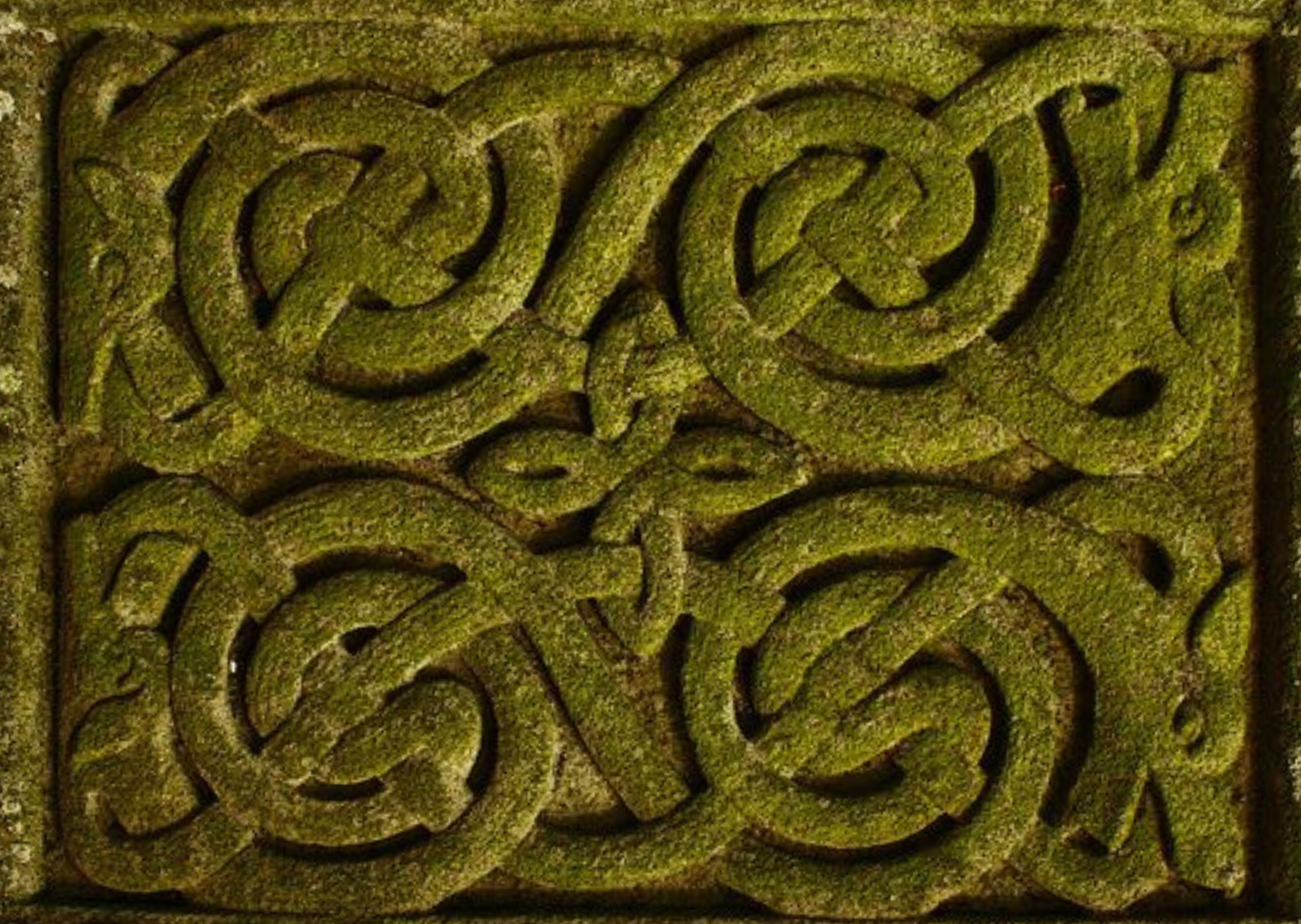


Cada año, el 31 de octubre, el mundo celebra Halloween.
Pero bajo los disfraces, las calabazas y los dulces, vive un antiguo ritual: un canto a los ciclos de la tierra y al misterio de lo invisible.
En las tierras brumosas de Irlanda, Escocia y la Galia, los celtas, un pueblo que vivía en armonía con la naturaleza, llamaban a esta noche Samhain, el fin del verano y de la cosecha.
No era solo el cambio de estación; era un umbral, el cruce hacia la oscuridad del invierno, un tiempo en el que la vida misma era puesta a prueba.
Creían que en esta noche el velo entre los mundos se hacía delgado. Los espíritus de los muertos podían caminar entre los vivos, susurrando advertencias, consuelo o guía.
Para protegerse, las personas encendían grandes fogatas, dejaban ofrendas y usaban máscaras para confundir a las almas errantes.
Samhain era, en esencia, un recordatorio de que la vida y la muerte no son opuestos, sino reflejos de un mismo espejo.
Cuando el cristianismo se expandió por Europa, la Iglesia buscó reinterpretar los antiguos ritos.
El 1 de noviembre se convirtió en el Día de Todos los Santos, y la noche anterior, en la Víspera de Todos los Santos.
Con el paso de los siglos, el nombre cambió, suavizado por el lenguaje y el tiempo, hasta transformarse en lo que hoy llamamos Halloween.
Pero el pulso antiguo nunca desapareció. Bajo la capa cristiana, el eco ancestral siguió latiendo: oculto, pero vivo.
Los íconos que hoy asociamos con Halloween son fragmentos de aquellos rituales antiguos:
La linterna, antes tallada en un nabo e iluminada con brasas para guiar o alejar espíritus. Cuando la tradición cruzó el océano, la calabaza la reemplazó: más suave, abundante y luminosa.
El disfraz, que alguna vez fue un amuleto de protección, ahora es un juego de identidades.
Las ofrendas, que antes honraban a los ancestros con comida y plegarias, se convirtieron en el gesto lúdico del dulce o truco.
Cada símbolo conserva una memoria oculta: proteger, conectar y mantener viva la llama entre los mundos.
Halloween nunca fue una fecha al azar.
Samhain marcaba el punto medio entre el equinoccio de otoño y el solsticio de invierno: un umbral cósmico.
Para los celtas, era una alineación sagrada, el momento en que el equilibrio entre la luz y la sombra reflejaba el vínculo entre la vida y la muerte.
Era la geometría del cielo guiando el pulso de la tierra.
Una verdad silenciosa: todo final es, en realidad, un comienzo disfrazado.
A lo largo de continentes e historias, las mismas fechas resuenan bajo una estación compartida: el paso de la luz a la sombra, de la cosecha al descanso.
Aunque los nombres cambian, la esencia permanece:
En México, el Día de Muertos florece en cempasúchil y luz, guiando a los espíritus a casa.
En Japón, el Obon enciende faroles que flotan sobre el agua, un río de memoria.
En Corea, Chuseok honra la cosecha y el linaje que sostiene la vida.
Cada uno de estos rituales nace de la misma sabiduría: el cosmos y la tierra, lo celestial y lo humano, laten en un mismo ritmo.
Cuando la cosecha termina y los campos reposan, el ciclo se vuelve hacia adentro. La tierra descansa, y nosotros también.
Lo agrícola se transforma en espiritual; lo cósmico, en humano.
La frontera entre ambos desaparece, recordándonos que el universo respira en cada ser.
Más allá de su brillo moderno, Halloween sigue siendo una noche de recuerdo —un homenaje silencioso a los ciclos de la vida.
Susurra que la oscuridad no es el fin de la luz, sino su complemento.
Que en la quietud, nace la renovación.
Halloween celebra lo que no puede verse, lo que vibra bajo la superficie.
Es el momento en que el velo se adelgaza, cuando la memoria ancestral despierta y el mundo recuerda:
Todo final lleva en sí la semilla de un nuevo comienzo.
